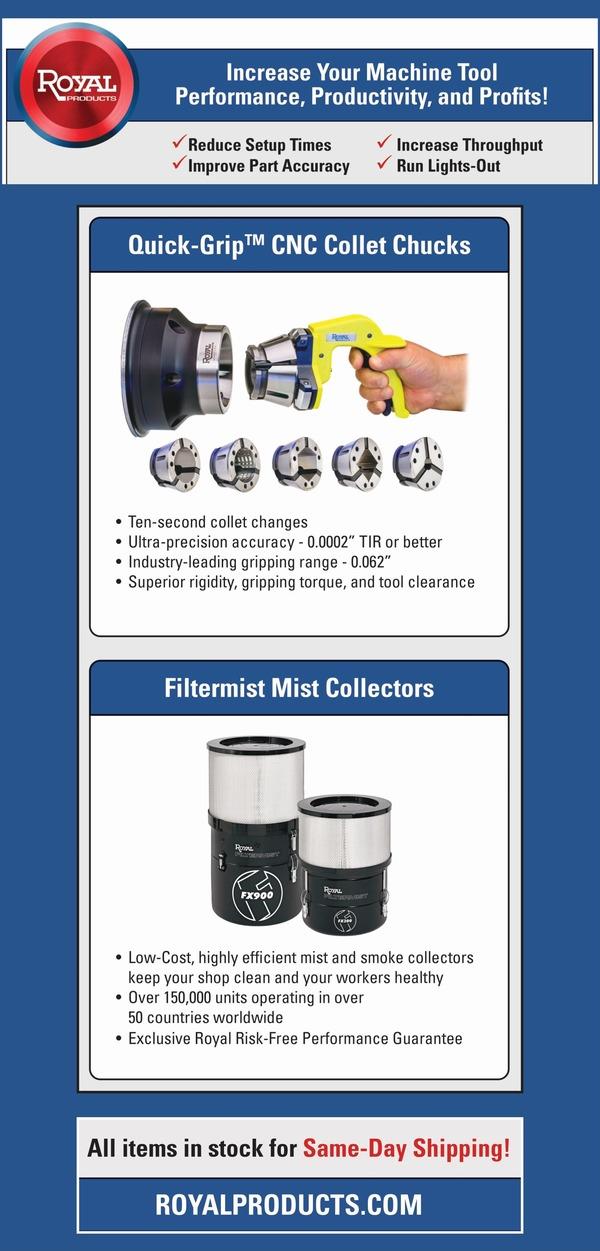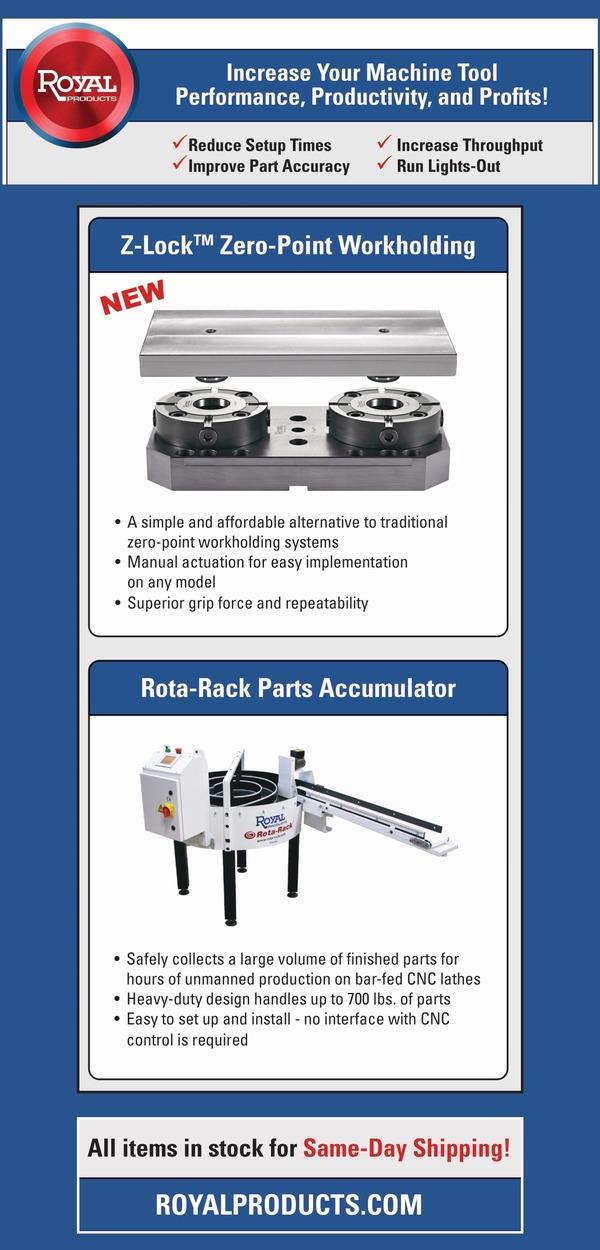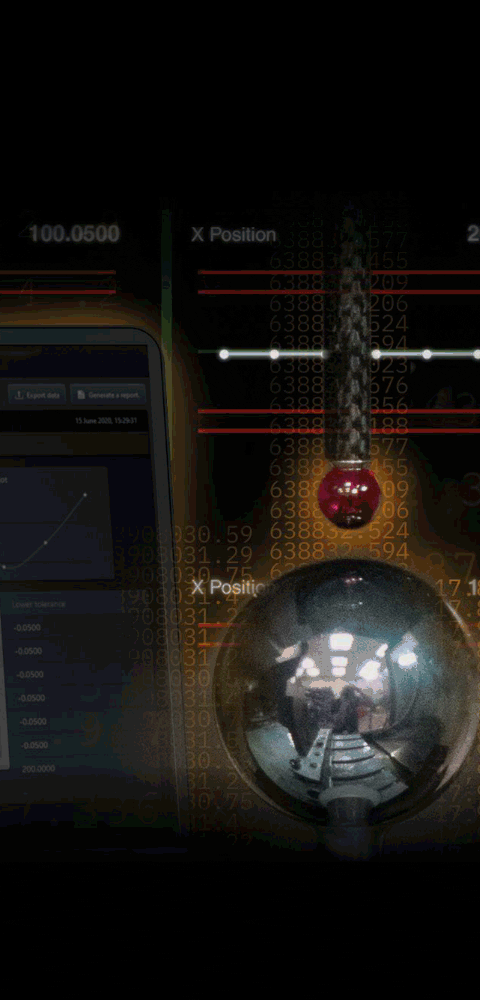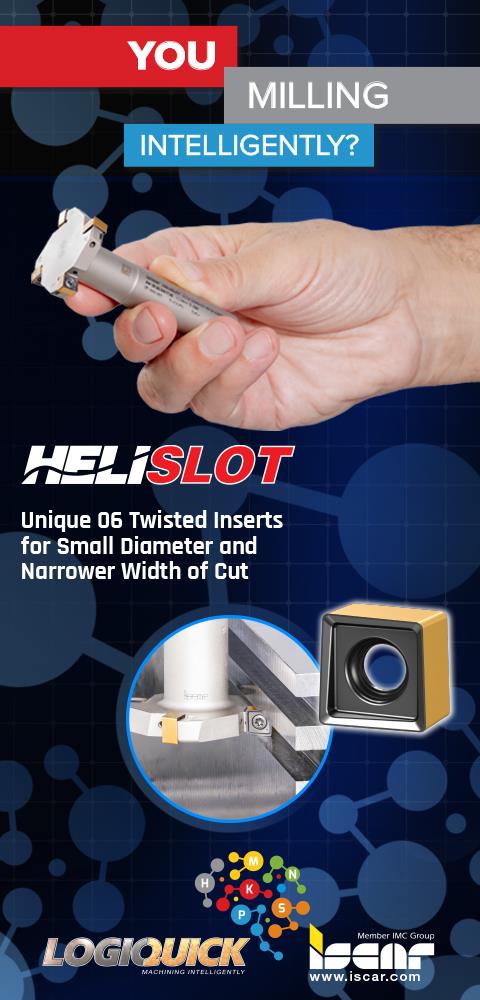








Dengeling Developed for Blade Machining
January 1, 2015
Starrag has developed the dengeling process that renders any form of finishing of blades unnecessary. A ready-to-install component is produced in a single clamping.
According to the company, dengeling is generally a manual method that is widespread in agriculture, where it is used to smooth and sharpen the blades of scythes or sickles by hammering.
The Starrag process uses an electrically powered tool to give a component its final profile with um accuracy in a machining center. "The dengeling tool essentially behaves in the same way as a normal tool that is fitted and controlled by the CNC," said Product Manager Michael Koller. "We used an LX 051 to demonstrate how it can replace polishing." According to the company, the key benefit of dengeling - an alternative to grinding - is that roughness values of 0.2 um (Ra) can be achieved reliably and repeated accurately.
During machining, according to the company, a pulsed impact ball hammers powerfully up to 600 Hz. Dengeling changes the original structures of the boundary layers on the surface to a depth of 10 mm. "Initial practical tests show that the process is more precise, targeted and controlled than the widely used shot peening method," said the spokesperson.
"We are currently working to upgrade all of our blade machines - all the machines in the LX series," said Koller. According to the company, this upgrade will enable all turbine blade manufacturers to replace polishing, frictional grinding and shot peening with the dengeling process. This will enable the company to make massive reductions in its process chain and cycle times. "Starrag has used the latest technology to breathe new life into the old-fashioned process of dengeling," said the spokesperson.
For more information contact:
Starrag USA Inc.
North American Headquarters
Skyport Business Park
2379 Progress Drive
Hebron, KY 41048
859-534-5201
ussales@starrag.com
www.starrag.com
< back